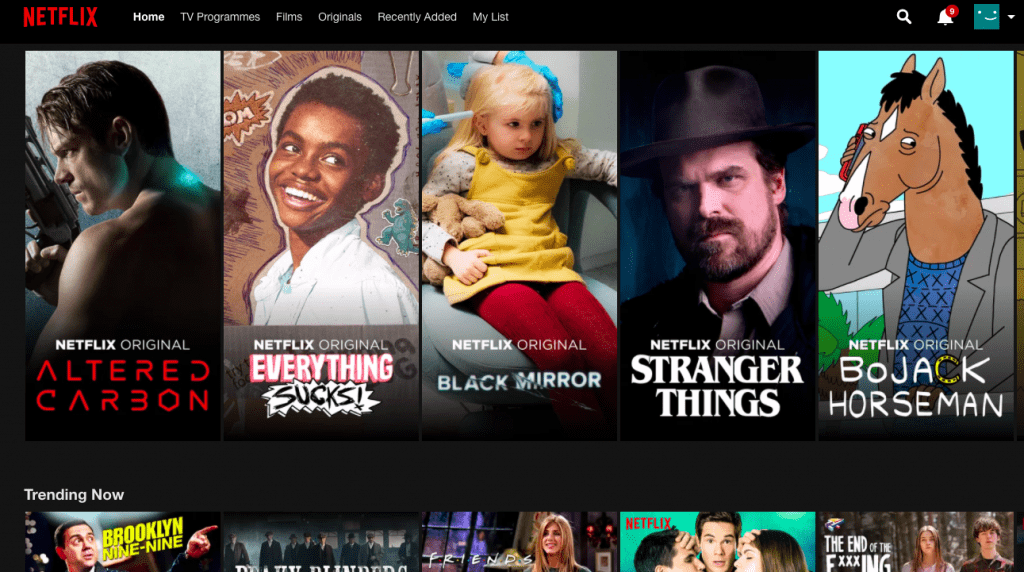As we come to the end of another busy year at Learning Pool (formerly HT2 Labs), we thought there is no better way to see in the festive season than by exploring some of your predictions for the elearning sphere in 2019.
At the end of September we held our third OLX of the year with Experience Matters: A Crash Course in Learning Experience Design; A 4-week course detailing how L&D professionals can create meaningful and engaging learning experiences for all their employees.
During the OLX we observed some of the predictions in L&D for the year just gone, and asked our participants to comment on what they thought the new trends would be for the coming year.
With the Digital Transformation continuing to proliferate the Learning Tech world, your predictions were predictably and suitably high-tech…
Rising Popularity of Micro Learning
Overtaking traditional elearning approaches of content-heavy modules with an after module quiz, Micro Learning is a trending discipline set to dominate online learning for many global organizations in the next year.
Micro Learning is a holistic, learner-centric approach, focused on workplace performance and key skill development. Its main appeal for both learners and instructional designers is bite-sized chunks of learning material that take typically no more than 5 minutes to complete.
Offering both a cost and time effective solution to online learning, we expect to see more and more organizations implementing Micro Learning for workplace training.
Driving Results with Personalization
For many organizations investing in workplace training schemes, proof that their investment is having a measurable impact on organizational growth and Return on Investment (ROI) is becoming a vital element in decision making.
Personalized Learning, concerning AI-driven recommendations that address the distinct learning needs, interests and aspirations of the individual learner, may hold the key to deriving ROI from an organization’s learning investment.
As job role requirements and the needs of the modern workforce continue to change, learning that works for one set of learners may not suit another.
Following the trends of popular streaming services Netflix and Spotify, Personalized Learning is designed to suit the skills-set of the individual learner, aiming to build on those skills with personalized recommendations.
Learning to Prioritize Mobile Learning
Hand-held devices, such as Smartphones and tablets, are taking over almost every aspect of the consumer’s lifestyle with everything from media entertainment to online shopping available at the click of a button.
Mobile Learning is learning or training conducted by means of a portable device (i.e. smartphone or tablet computers).
Mobile Learning is becoming a highly sought after method of workplace learning as it enables learners to dip in and out, and complete at more convenient times of the day (i.e. during their commute to work).
Artificial Intelligence
From self-driving cars to voice activation gadgets, Artificial Intelligence (just like personalization) is rapidly dominating many aspects of our daily routines.
Artificial Intelligence refers broadly to technologies that can learn and perform specific tasks. More complex tasks entrail Machine Learning, a next-level technology that takes an AI machine/technology and teaches it to make decisions (based on an algorithm), learn from those decisions and refine its own performance.
Artificial Intelligence is the magic behind personalization, with the algorithm for recommendations becoming smarter and more refined with each use. For elearning in the next year, AI and personalization sees elearning entering the ‘experience economy’, overtaking the traditional methods of content-heavy courses and end of module tests.
Virtual & Augmented Reality
The prospects of Virtual and Augmented Reality in elearning have been a topic of debate for a number of years.
Virtual Reality (VR) is an interactive computer-generated experience that occurs within a simulated environment. It incorporates mainly auditory and visual feedback, but also allows other types of sensory feedback.
Augmented Reality (AR) is an enhanced version of reality where live direct or indirect views of physical real-world environments are augmented with superimposed computer-generated images, enhancing the users current perception of reality.
From more engaging gamification and insightful analytics, to immersive personalized learning pathways and group collaborations without tech limitations, VR & AR are set to change elearning in modern organizations rapidly.
And with L&D experts predicting a decrease in manufacturing costs for VR and AR-enabled devices, we can finally see their possibilities reaching more organizations in 2019.
The Decline of the LMS
The end of 2018 saw an increase in the term Learning Experience Platform (LXP), with many L&D experts boldly declaring the decline of the Learning Management System and its effectiveness for workplace training.
The LXP, such as Stream LXP (formerly Curatr), sees a combination of a number of the technologies/trends discussed in the blog post, particularly AI-driven recommendations and micro learning.
Like compliance training, I think we can agree there is a time and a place for the LMS, but 2019 predicts a strong lead for the LXP, with a focus on learning experiences revolving around professional development and an advancement in skills-set for every learner.
If you’d like to learn about what each of these concepts mean in more details, there’s plenty of insights up on the Learning Pool (formerly HT2 Labs) blog. If it’s the Experience Matters OLX that’s spurred you on, there’s still time to enrol and dive into the free course.


